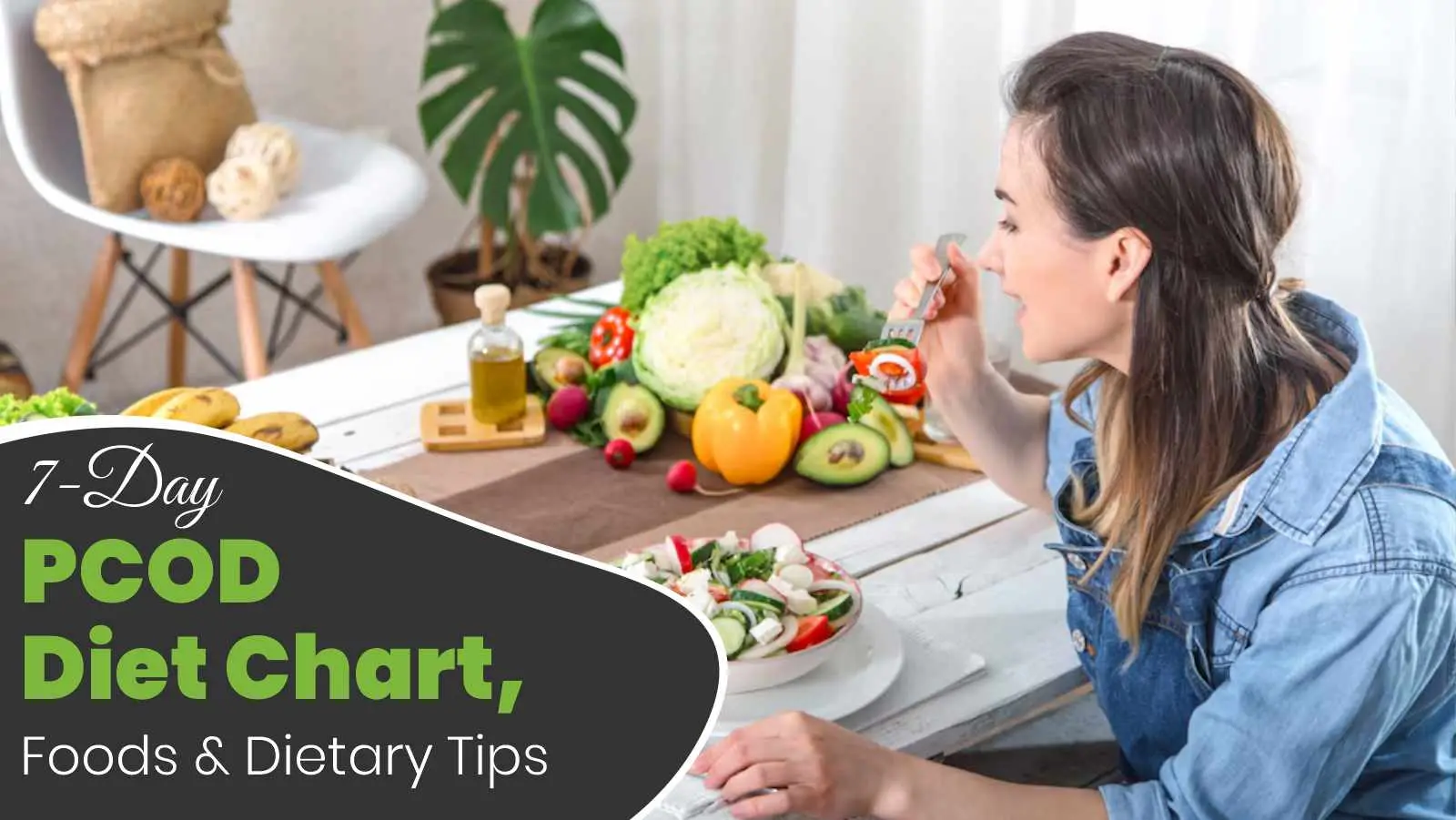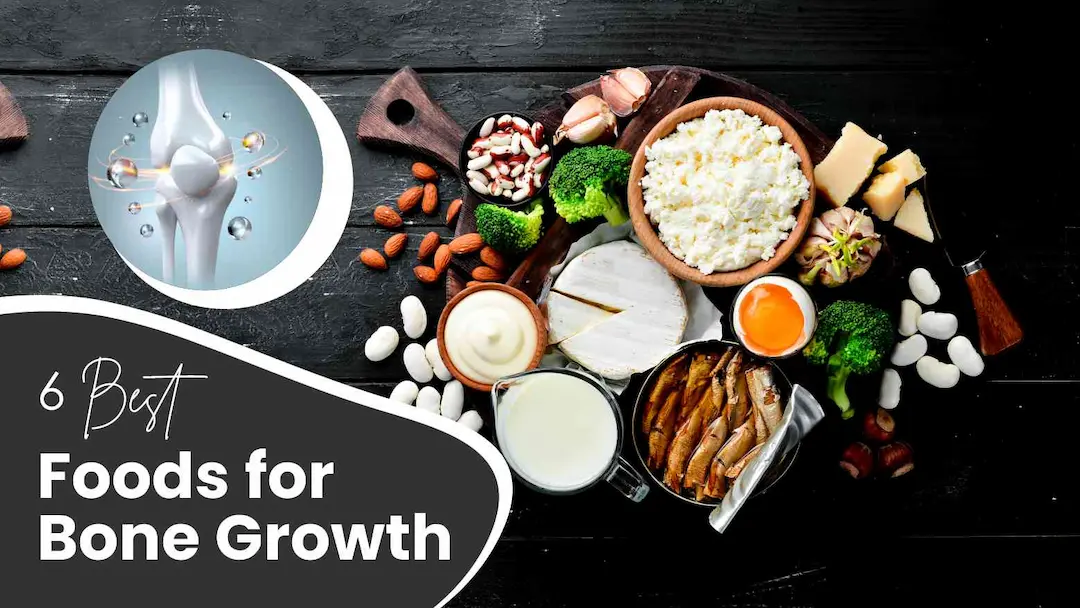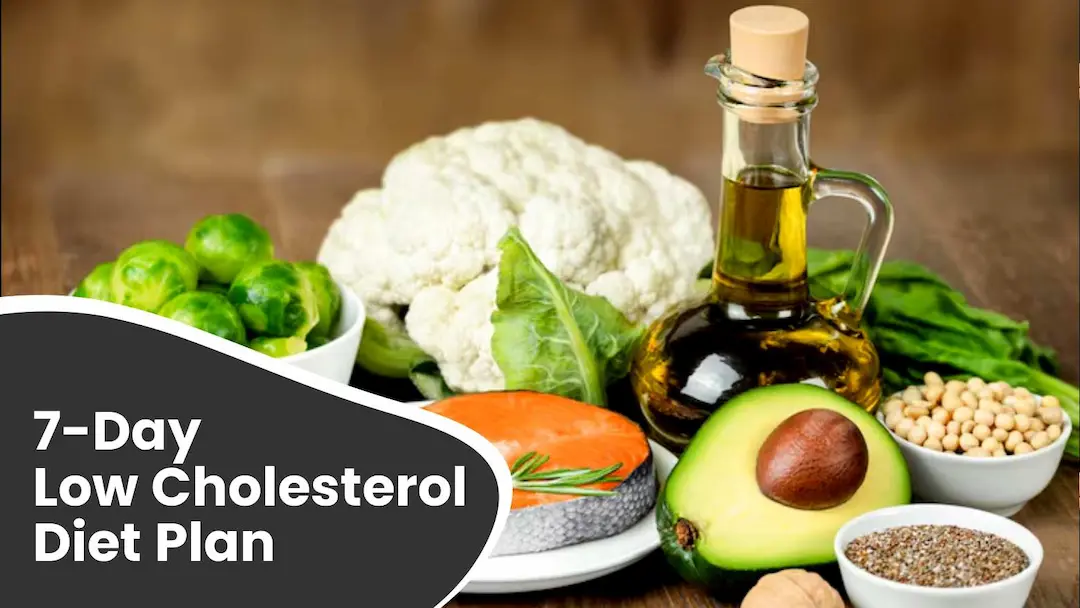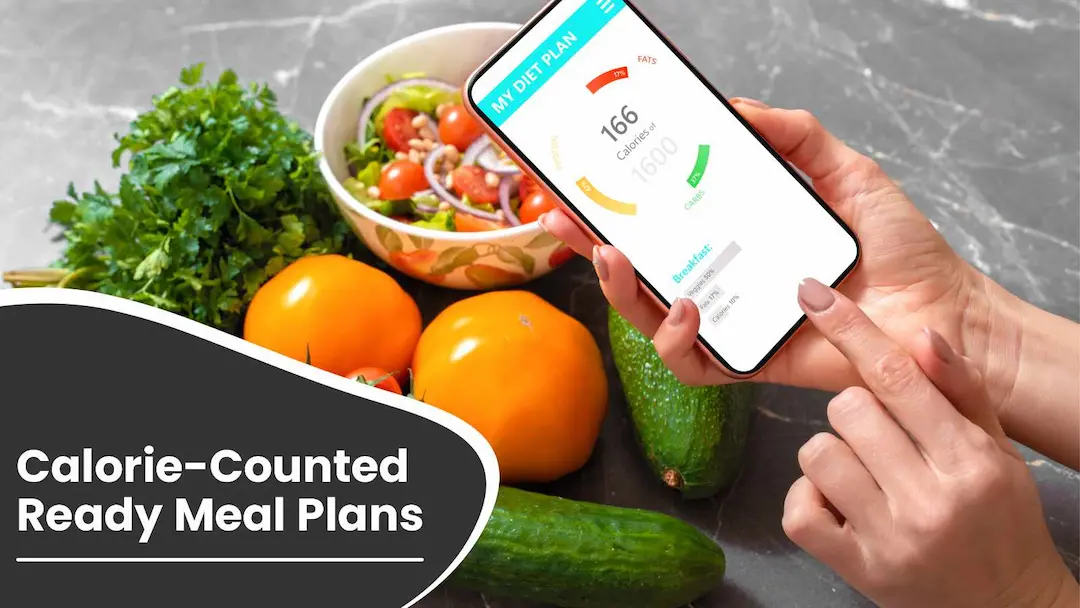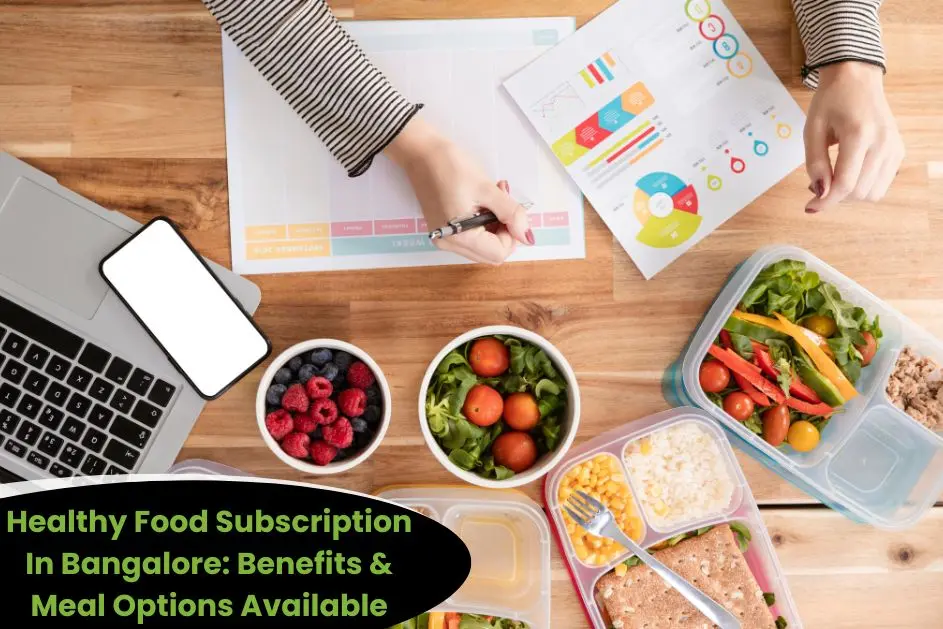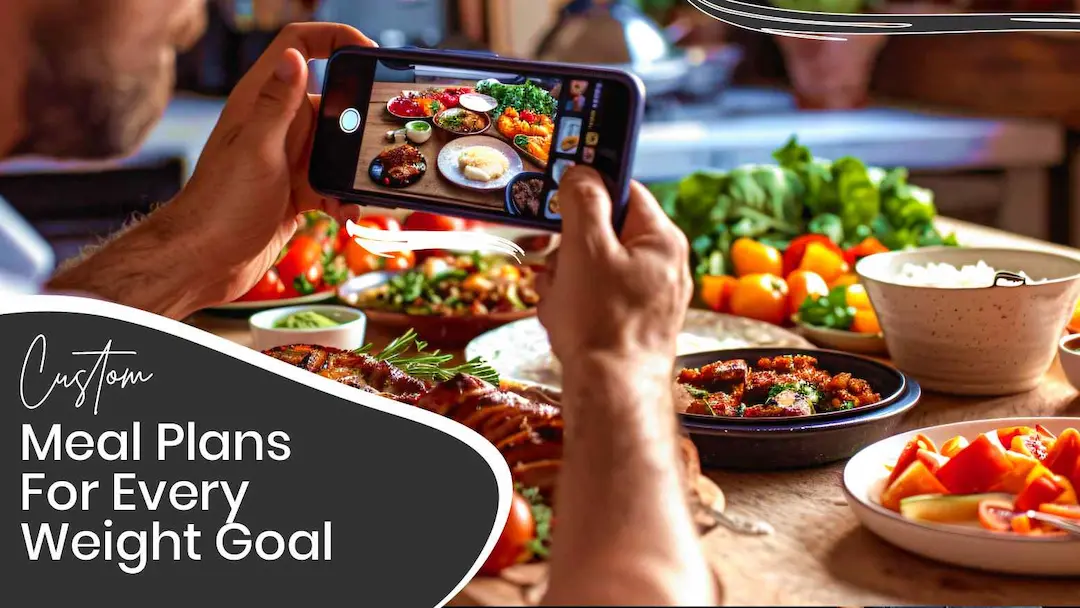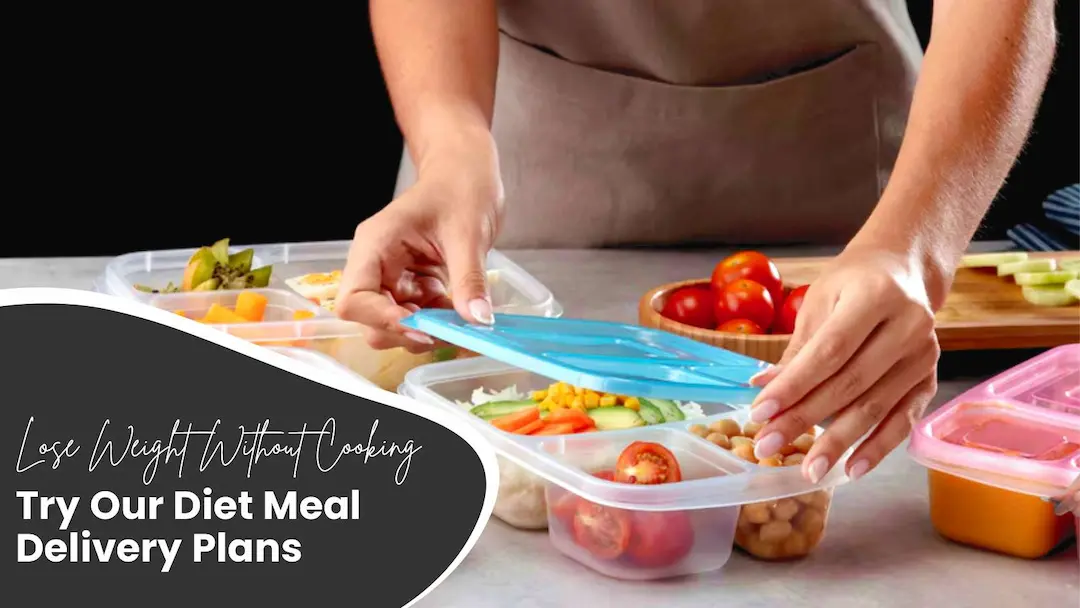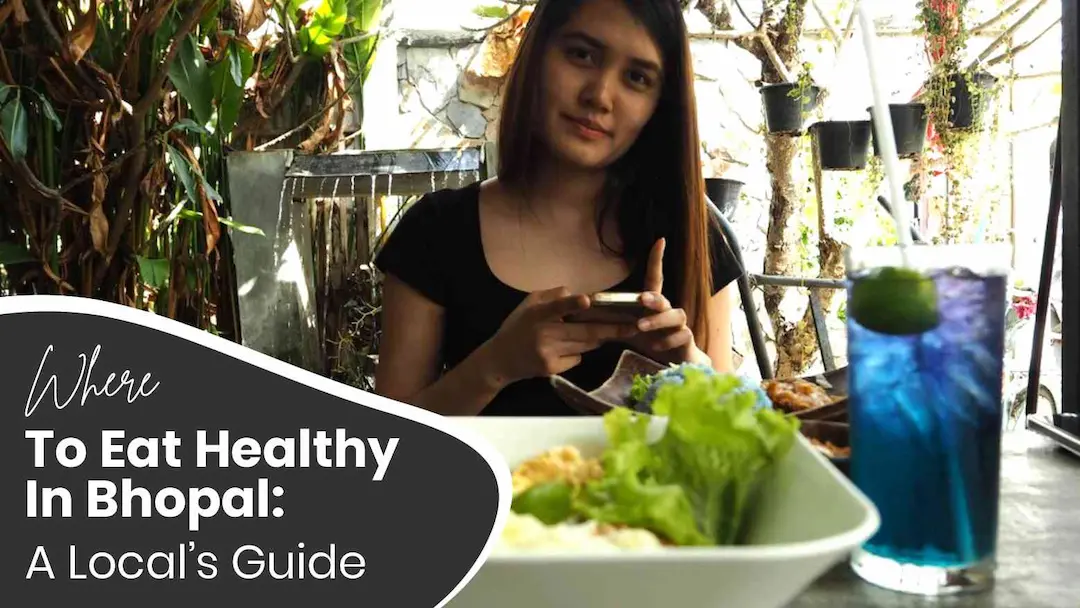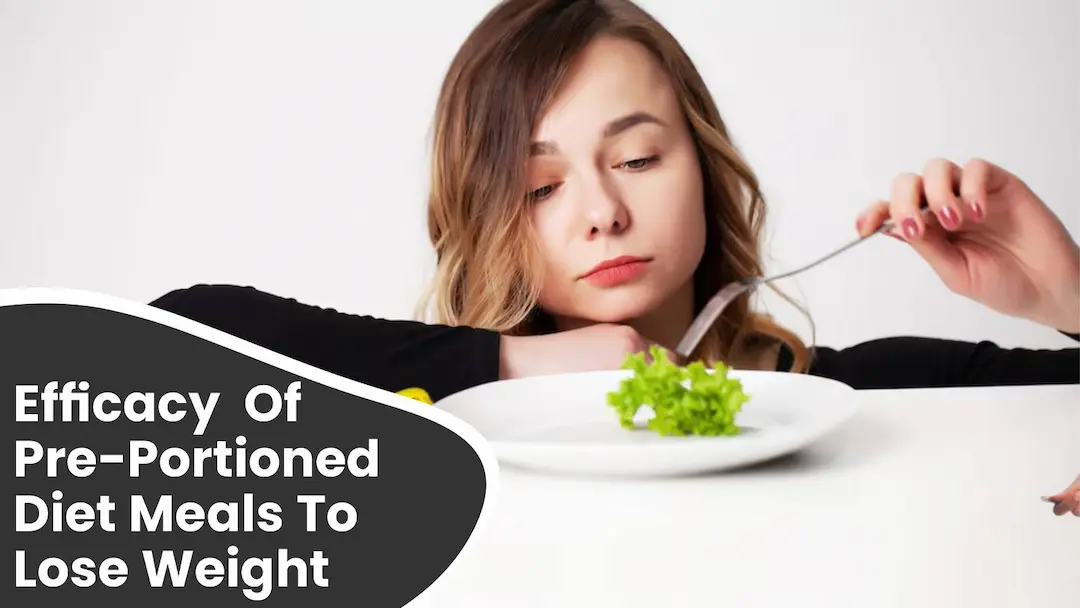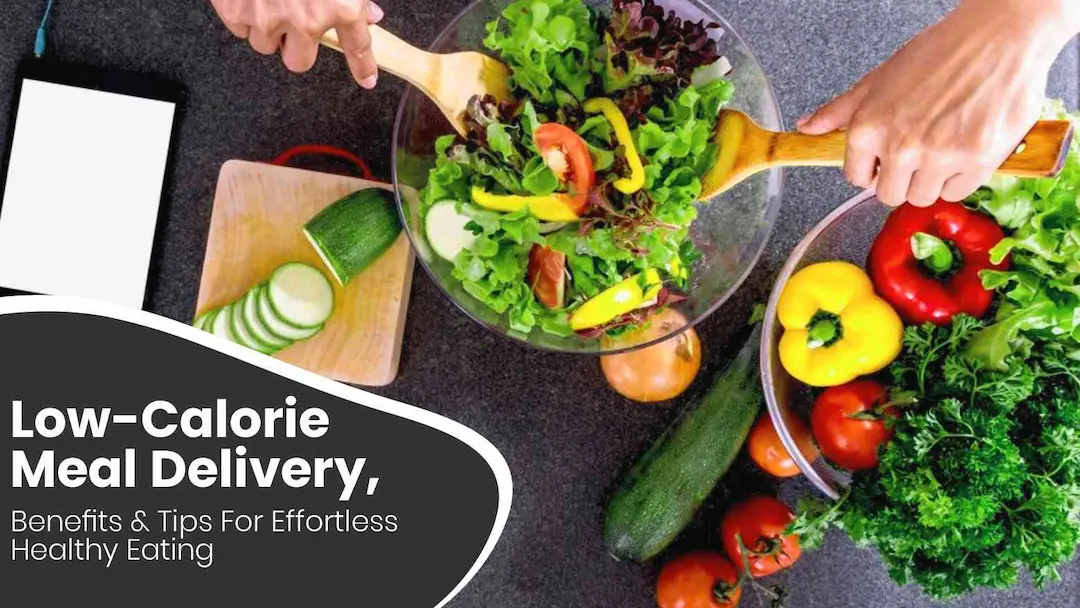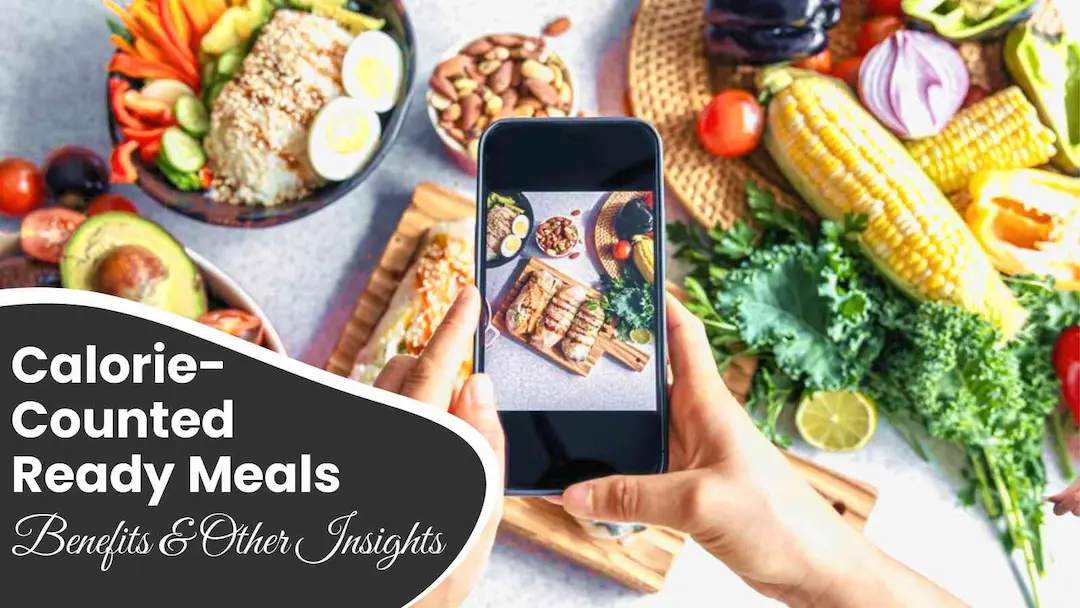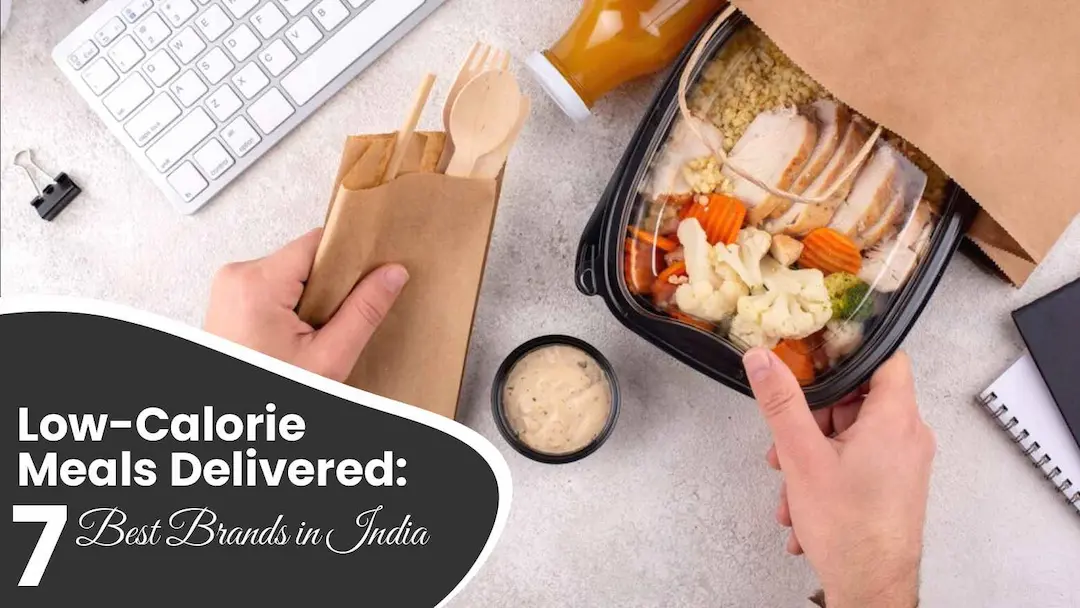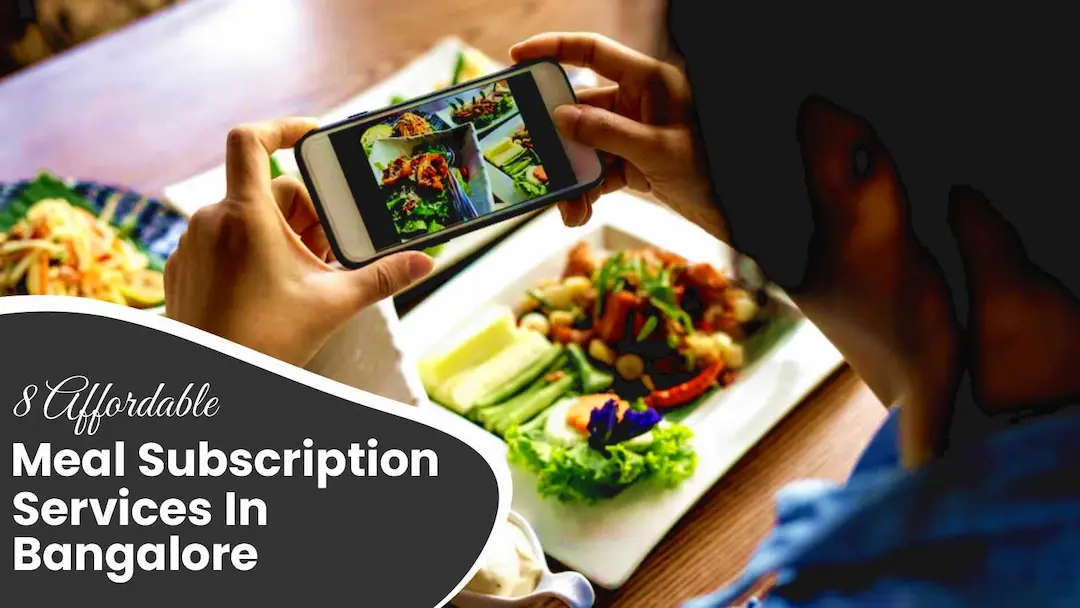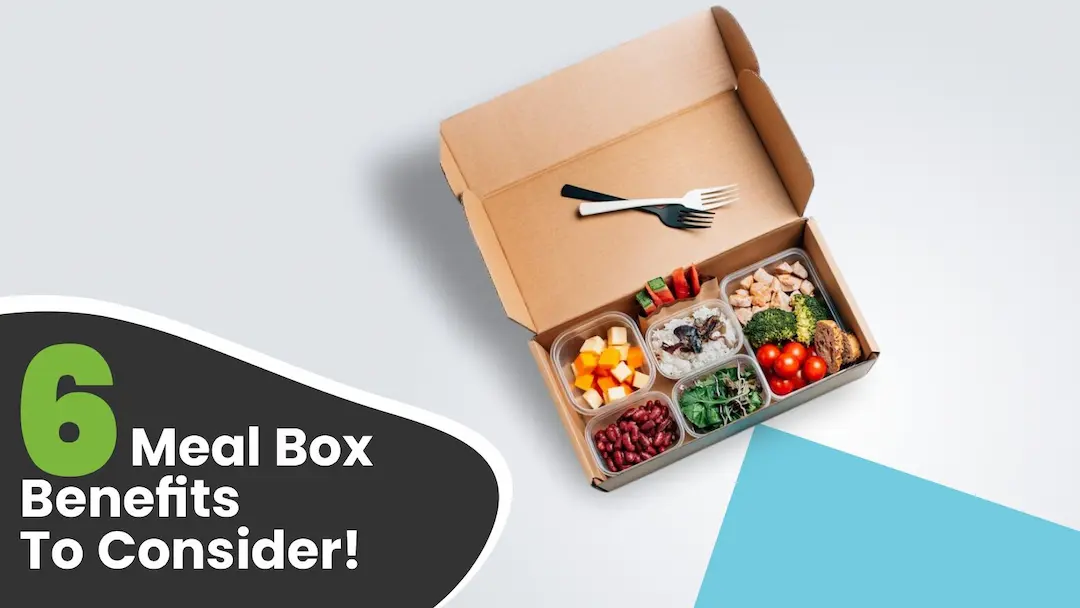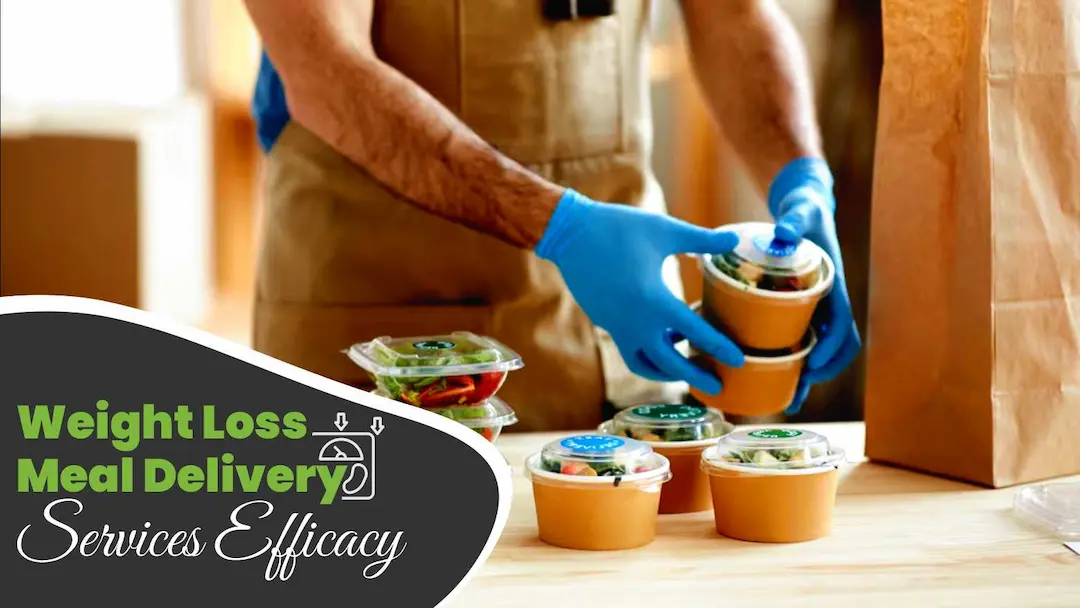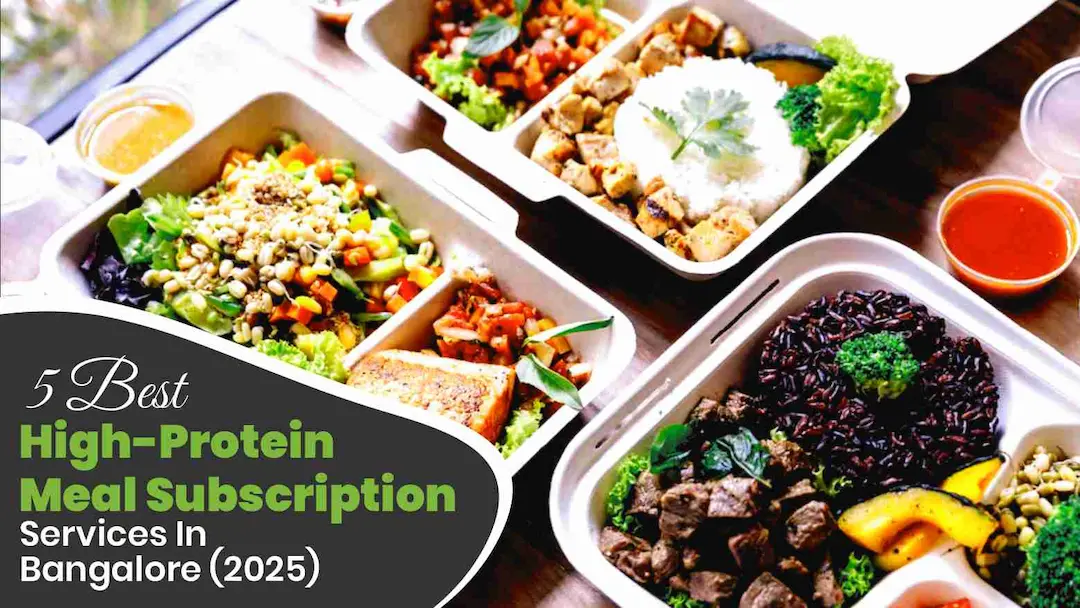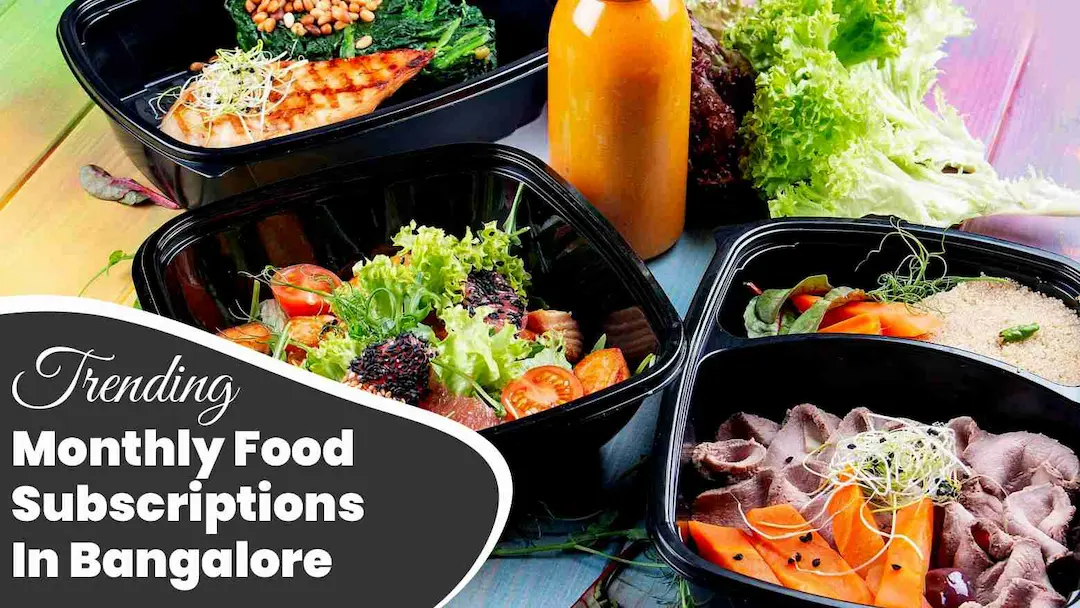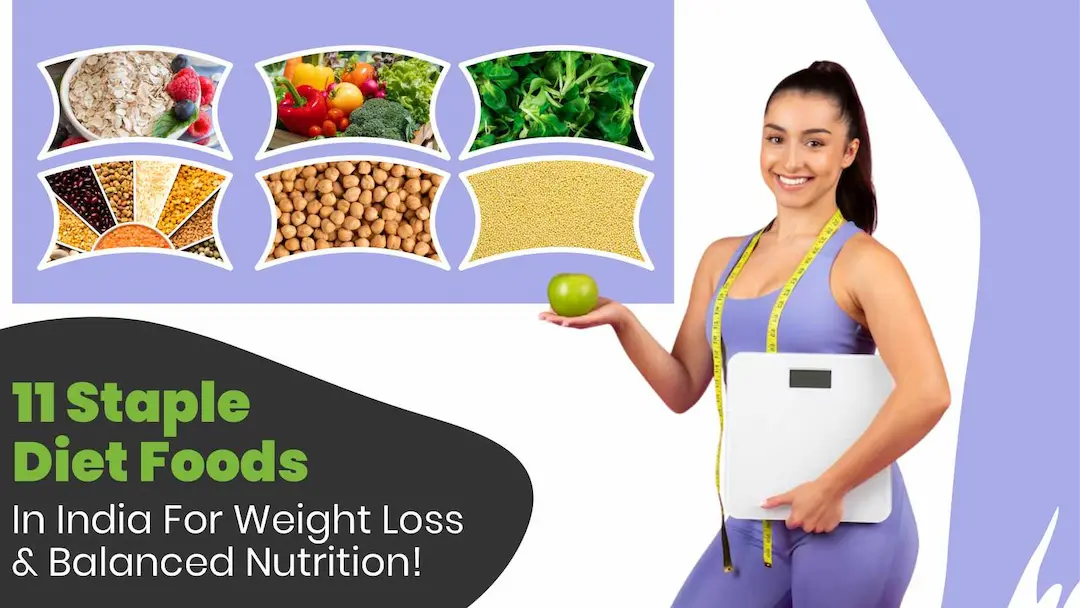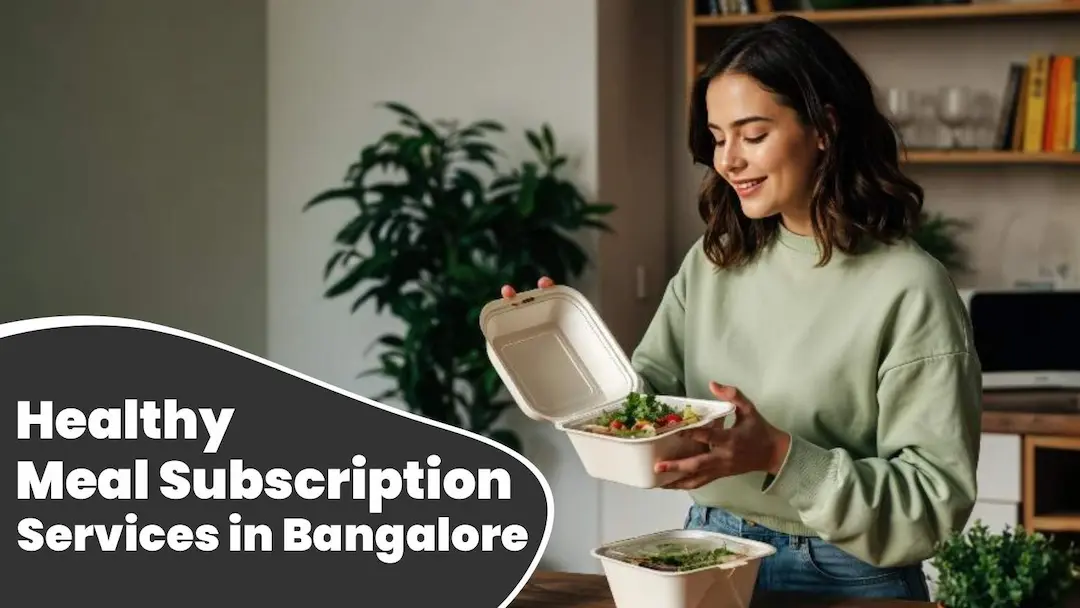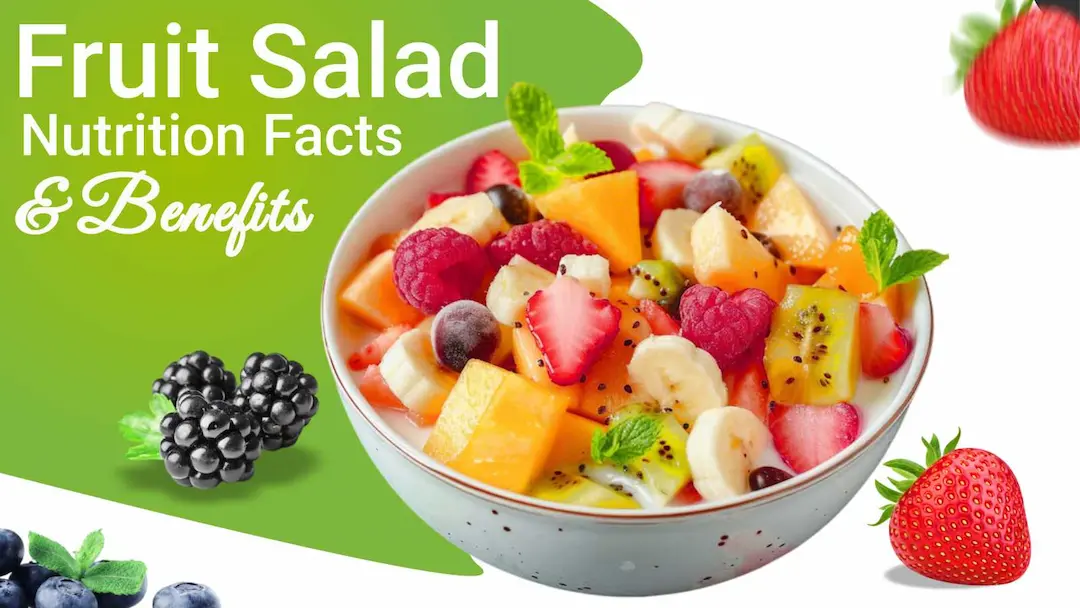Are you struggling with irregular periods, sudden weight gain, or constant fatigue and wondering if it’s all linked to PCOD? Have you ever felt confused about what to eat or avoid to feel better and manage your symptoms naturally? Many women face the daily challenges of Polycystic Ovarian Disease (PCOD), and one of the most proven ways to manage it is through proper nutrition from a personalised PCOD diet chart. What you eat helps balance hormones, improve energy, and support weight loss. From the right types of carbs and healthy fats to fibre-rich vegetables, anti-inflammatory foods, and protein meals, your diet can truly change how you feel every day.
In this blog, we’re sharing a carefully curated PCOD diet chart for reference, as well as the best and worst PCOD foods to include, and smart dietary tips that can make a real difference in managing the condition. So if you're tired of guessing your meals and want a guide to help support your body with the proper nutrition, keep reading!
Table Of Contents
1. Sample PCOD Diet Chart
2. What Is The Best Food For PCOD?
3. How To Reduce PCOD Problem? 7 Dietary Tips
4. The Final Say
5. FAQs
6. References
Sample PCOD Diet Chart
Here is a 7-day PCOD diet chart that focuses on making healthy and informed choices. This chart emphasises whole foods, a low glycemic index, and anti-inflammatory properties, which are generally beneficial for managing PCOD. Remember to consult with a registered dietitian for personalised dietary advice. Visit Toneop Eats for carefully curated, delicious and nutritious meals!
1. Monday
Meal Name | Inclusions |
Breakfast | Vegetable Oats Upma (1 cup) + Small bowl of low-fat curd OR Vegetable Daliya (1 cup) + Small bowl of yoghurt |
Mid-Morning Snack | 1 Apple OR ½ cup Guava OR Small bowl of pomegranate seeds (½ cup) |
Lunch | 2 Whole Wheat Rotis OR 1 Bajra Roti + ½ cup Mixed Vegetable Curry OR Palak Paneer (Tofu) + ½ cup Lentil (Dal) OR Vegetable Salad |
Evening Snack | Green Tea OR Herbal Tea + Handful of Almonds (5-7) OR Walnuts (3-4) |
Dinner | 2 Whole Wheat Rotis OR 1 Jowar Roti + ½ cup Bottle Gourd (Lauki) Sabzi OR Carrot and Peas Sabzi |
2. Tuesday
Meal Name | Inclusions |
Breakfast | Besan Cheela (2) with mixed vegetables + Mint Chutney OR Egg White Omelette (2 eggs with vegetables) |
Mid-Morning Snack | Small bowl of Sprouted Moong (½ cup) OR Sprouted Chickpeas (½ cup) |
Lunch | 1 cup Brown Rice OR ½ cup Brown Rice + 1 Whole Wheat Roti + ½ cup Kidney Bean Curry (Rajma) OR Chana Dal + Sautéed Greens (Spinach/Kale) + Salad |
Evening Snack | Plain yoghurt (½ cup) + Cucumber slices OR Tomato slices with a sprinkle of black pepper |
Dinner | 1 cup Vegetable and Lentil Khichdi OR Vegetable Soup (avoid corn and potato) with 1 Whole Wheat Roti |
3. Wednesday
Meal Name | Inclusions |
Breakfast | 2 Idlis with Sambar (½ cup) + Green Chutney OR Vegetable Vermicelli Upma (1 cup) |
Mid-Morning Snack | 1 Orange OR ½ cup Strawberries |
Lunch | 2 Whole Wheat Rotis OR 1 Ragi Roti + ½ cup Chickpea Curry (Chole) OR Mixed Vegetable Curry + Small bowl of Salad |
Evening Snack | Herbal Tea (Chamomile/Spearmint) OR Green Tea with a squeeze of lemon |
Dinner | 2 Whole Wheat Rotis OR 1 Bajra Roti + ½ cup Ridge Gourd (Turai) Sabzi OR Spinach and Potato Sabzi (in moderation for potato) |
4. Thursday
Meal Name | Inclusions |
Breakfast | Vegetable Poha (1 cup) with peanuts OR Multigrain Pancakes (2 small) with a sprinkle of cinnamon |
Mid-Morning Snack | ½ cup Berries (Strawberries/Blueberries) OR Small bowl of melon cubes (½ cup) |
Lunch | 1 cup Quinoa Pulao with Vegetables OR ½ cup Quinoa + 1 Whole Wheat Roti + Small bowl of Raita (Vegetable based) OR Cucumber Tomato Salad |
Evening Snack | A handful of Walnuts (3-4) OR Flaxseed powder (1 tsp) mixed in water or yoghurt |
Dinner | 1 cup Broken Wheat (Dalia) Upma with vegetables OR Vegetable and Lentil Soup |
5. Friday
Meal Name | Inclusions |
Breakfast | 2 Multigrain Toast with Avocado (½) and a sprinkle of seeds OR Scrambled Eggs (2) with vegetables |
Mid-Morning Snack | 1 Pear OR ½ cup Raspberries |
Lunch | 2 Whole Wheat Rotis OR 1 Jowar Roti + ½ cup Vegetable Curry (Beans/Carrot) OR Ladies Finger (Bhindi) Sabzi + Fish Curry (1 small piece) OR Green Salad |
Evening Snack | Green Tea OR Lemon Water + Roasted Chickpeas (¼ cup) OR Roasted Fox Nuts (Makhana) (1 cup) |
Dinner | 2 Whole Wheat Rotis OR 1 Ragi Roti + ½ cup Tomato and Onion Sabzi OR Mixed Vegetable Curry |
6. Saturday
Meal Name | Inclusions |
Breakfast | Ragi Dosa (2) with Coconut Chutney OR Vegetable Uttapam (1-2) |
Mid-Morning Snack | Small bowl of Papaya cubes (½ cup) OR ½ cup Blueberries |
Lunch | 1 cup Brown Rice OR ½ cup Brown Rice + 1 Whole Wheat Roti + ½ cup Soya Chunk Curry OR Dal Palak + Mixed Vegetable Salad |
Evening Snack | Coconut Water (1 glass) OR Buttermilk (1 glass, low salt) |
Dinner | 1 cup Vegetable Soup (avoid corn and potato) + 1 Whole Wheat Roti OR Moong Dal Cheela (2 small) with vegetable filling |
7. Sunday
Meal Name | Inclusions |
Breakfast | Vegetable Semolina (Suji) Upma (1 cup) OR Egg Bhurji (2 eggs with vegetables) |
Mid-Morning Snack | A handful of Mixed Nuts (Almonds, Walnuts) OR Chia seeds soaked in water (1 tsp) with a squeeze of lemon |
Lunch | 2 Whole Wheat Rotis OR 1 Bajra Roti + ½ cup Paneer (Tofu for vegan) Curry OR Vegetable Jalfrezi + Cucumber Raita OR Green Salad |
Evening Snack | Lemon Water with Chia Seeds (1 tsp) OR Herbal Tea |
Dinner | 2 Whole Wheat Rotis OR 1 Jowar Roti + ½ cup Green Beans Sabzi OR Cabbage Sabzi |
Also Read: 8 Quinoa Benefits For Female Health, Impact On Skin, Its Types And Nutritive Value To Consider!

What Is The Best Food For PCOD?
The best approach to food for Polycystic Ovary Syndrome (PCOD) involves a balanced diet that helps manage blood sugar levels, weight, and hormonal balance. Here's a breakdown of foods to include and avoid:
1. Foods To Include In PCOD Meal Planning
Food Category | Examples | Benefit |
High-Fibre Foods | Brown rice, quinoa, oats, whole wheat bread, lentils, beans, chickpeas, broccoli, spinach, berries, apples, pears | Regulates blood sugar, promotes satiety, aids digestion |
Lean Proteins | Chicken (skinless), turkey, salmon, tuna, sardines, tofu, lentils, beans, paneer | Stabilises blood sugar, supports muscle health, and promotes satiety |
Healthy Fats | Avocados, almonds, walnuts, flaxseeds, chia seeds, olive oil | Supports hormone production, reduces inflammation |
Anti-Inflammatory Foods | Fatty fish (salmon, mackerel), berries, turmeric, ginger, green tea | Helps manage inflammation often associated with PCOD |
Try ToneOp Care's Ova 360 Sachets to help manage menstrual discomfort and polycystic ovary syndrome (PCOS). They contain Myo-inositol, D-chiro inositol, vitamin D3, and folic acid, which can help regulate hormones, normalise menstrual cycles, and improve ovulation.
2. Foods to Avoid In PCOD Diet
Food Category | Examples | Negative Impact |
Refined Carbohydrates | White bread, pasta, rice, pastries, cakes, cookies, sugary cereals, processed snacks | Causes rapid blood sugar spikes, increases insulin resistance |
Sugary Beverages | Soda, soft drinks, packaged fruit juices, energy drinks | High in added sugars, contributes to weight gain and insulin resistance |
Processed Foods | Fast food, processed meats (sausages, hot dogs), packaged snacks (chips) | Often high in unhealthy fats, sodium, and added sugars |
Unhealthy Fats | Fried foods, butter, margarine, red meat (limit), foods with trans fats | Can contribute to inflammation and hormonal imbalance |
Also Read: 7 Gond Katira Benefits For Females
How To Reduce PCOD Problem? 7 Dietary Tips

To address PCOD through diet, follow these ten dietary tips that may help manage your symptoms, other than the ones discussed in the above sections:
1. Be Mindful of Dairy: Some individuals with PCOD may have milk allergy symptoms and find that dairy products, especially those high in fat, can aggravate their symptoms. Consider experimenting with dairy alternatives, such as almond or soy milk.
2. Prioritise Low-Glycemic-Load (GL) Meals: Combining low-GI foods in moderate portions creates meals with a lower glycemic load, resulting in more stable blood sugar levels. For example, a small portion of brown rice with plenty of vegetables and lean protein will have a lower GL than a large bowl of just brown rice.
3. Increase Omega-3 Fatty Acid Intake: These fats have anti-inflammatory properties and may help improve insulin sensitivity. Include flaxseeds, chia seeds, walnuts, and fatty fish in your diet regularly. Also, consider a high-quality fish oil or algae-based supplement.
4. Ensure Adequate Chromium Intake: Chromium is a trace mineral that plays a role in insulin action. Good food sources include broccoli, grapes, types of millet, whole grains, and lean meats. It helps regulate blood sugar levels in PCOS.
5. Consider Magnesium-Rich Foods: Magnesium is involved in blood sugar regulation and reduces insulin resistance. Add spinach, almonds, cashews, dark chocolate (in moderation, with high cocoa content), and whole grains into your diet.
6. Be Mindful of Soy Intake: While soy can be a good source of protein, some individuals with PCOD are concerned about its estrogenic effects. Moderate consumption of whole soy foods like tofu and edamame is generally considered safe, but excessive intake is a concern for some.
7. Limit Artificial Sweeteners & Processed Foods: These can have negative impacts on gut health and may contribute to metabolic dysfunction. Opt for whole, unprocessed foods whenever possible.
Also Read: 7 Benefits of Soya Chunks For Female Health
The Final Say
To wrap up, remember that this 7-day PCOD diet chart, along with the suggested foods and dietary tips, offers a starting point for managing your condition through nutrition. Consistency is key, and paying attention to how your body responds to different foods is crucial. While these guidelines can be beneficial, it's always recommended to consult with a registered dietitian or nutritionist who can create a personalised plan tailored to your specific needs and health goals for the most effective and sustainable management of PCOD.
FAQs
1. Can people with PCOD drink milk?
Yes, some people with PCOD can drink milk. However, for some, it may not be beneficial. If you feel bloated or experience issues after drinking milk, try consuming less or switch to alternative types, such as almond or soy milk. See what works best for you.
2. What to include in PCOD diet plan for weight loss?
To lose weight with PCOD, eat healthy foods that don't spike your sugar. Think of whole grains, veggies, fruits, lean meats, and good fats. Avoid processed items and sugary drinks. Eating at regular times and watching your portions helps too.
3. Which drink is best for PCOD?
Water is the best drink! It keeps you hydrated. You can also have unsweetened tea or less sugary drinks. Avoid sodas and most juices as they have lots of sugar.
4. What should be avoided for PCOD?
Try to avoid very sugary foods, such as candy and cakes. Also, limit white bread, pasta, and processed snacks. These can cause your blood sugar levels to rise quickly.
5. Which vitamin is good for PCOD?
Vitamin D is often good for PCOD. Many people with PCOS have low vitamin D levels. Consult your doctor to determine if you need to take a supplement. Other vitamins, such as B vitamins, may also be beneficial.
References
- https://femalehealthawareness.org/en/nutrition-for-polycystic-ovary-syndrome-pcos/
- https://www.asterdmhealthcare.com/health-library/pcos-diet-symptoms-causes-foods-diet-plan
- https://www.lybrate.com/topic/pcos-diet-plan
- https://www.indiraivf.com/blog/pcos-diet-plan
- https://www.miracleshealth.com/blog/7-days-pcos-polycystic-ovary-syndrome-diet-plan
- https://www.lancastergeneralhealth.org/health-hub-home/2022/october/treating-pcos-with-nutrition-9-tips-for-a-healthy-diet
- https://www.bda.uk.com/resource/polycystic-ovary-syndrome-pcos-diet.html
- https://www.medicalnewstoday.com/articles/323002
- https://nutritionfacts.org/blog/reducing-glycotocxin-intake-to-help-with-polycystic-ovary-syndrome-pcos/
About ToneOp Eats
ToneOp Eats is your go-to health kitchen, delivering nourishing meals in Bhopal, Indore & Bangalore. The meals are prepared with strategically planned nutrition and portions for your health goal. With just three simple steps, you can subscribe to a meal plan for weight loss, muscle gain, or balanced diet goals. Experience the perfect taste and wellness in our nutrient-dense and calorie-counted range of meals, including protein-rich grills and meal bowls, full of fibre salads & smoothies, workout-friendly protein 30,40,50 meals and refreshing juices.







